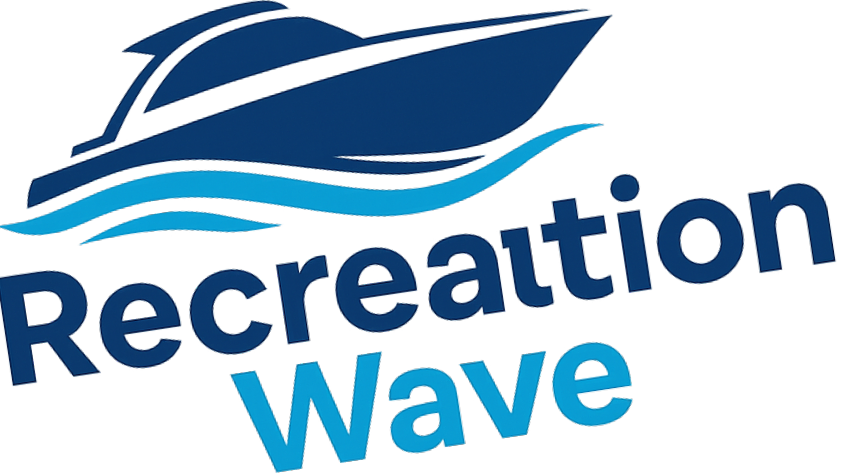
Surfing at the Edge: Makua Rothman’s Brave Story
In the world of big wave surfing, few names carry the weight and respect of Makua Rothman. Born into a legendary surfing family in Hawaii, Rothman has not only battled the ferocious waves of Jaws but has also faced the tumultuous waves of addiction. Many know him as a champion, but his candid discussion about drug use during his career reveals a hidden struggle that resonates with many.
Beyond the Waves: Life Lessons from Addiction
In a recent episode of the Good Humans podcast, Rothman opened up about his experiences with addiction and the impact it had on his surfing career. Between 2015 and 2018, he grappled with substance use, admitting to experimenting with pills during high-stakes competitions. "I would go out to Jaws with pills in a pill container, crush 'em up, snort 'em, and go back surfing Jaws,” he shared. This dangerous behavior highlights a darker side of a sport often viewed through a lens of adventure and thrill.
Understanding the Appeal of Substance Use in Sports
Why do athletes like Rothman turn to drugs? For many, the appeal lies in the false sense of invincibility and the temporary escape from mental health struggles. Rothman admits that he used opioids not out of pain from an injury but to mask deeper issues of insecurity and shame. This speaks to a larger conversation around mental health in sports, particularly the pressures athletes face to perform at exceptional levels.
Finding Strength in Vulnerability
Rothman reflects on his journey with a sense of gratitude, recognizing that while his past was marred by difficulties, it ultimately shaped him into a stronger person. “I’m proud of it because a lot of people don’t make it to this side,” he said. This perspective is a powerful reminder that it's possible to emerge from struggles, transformed and ready to embrace life anew.
The Importance of Mental Health Awareness
The conversation about addiction and mental health is gaining traction in various athletic communities, including surfing. There is a growing recognition that the stigma associated with discussing mental health must be addressed. Rothman's story reminds us that vulnerability can be a source of strength, and sharing one's experiences can inspire others to seek help rather than hide their struggles.
An Inspirational Path Forward
As Rothman continues to find his footing both on waves and within his personal life, he now advocates for those affected by similar battles. His message promotes an ethos of honesty and healing. As professionals and enthusiasts in the water sports community, we should foster open dialogues about mental health and addiction, creating environments where individuals feel comfortable seeking help.
Join the Movement: Advocate for Change
The surfing community has the power to impact societal perceptions of mental health and addiction. We can contribute by promoting open conversations and awareness, ensuring that no one feels alone in their struggles. As Makua Rothman’s journey illustrates, the waves of life come with both highs and lows, but with support and understanding, individuals can ride those waves safely.
Listen to the full podcast featuring Makua Rothman’s powerful story, and consider sharing your thoughts on mental health in sports. Together, we can inspire change and encourage others to embrace their journeys with courage.
 Add Row
Add Row  Add
Add 




Write A Comment